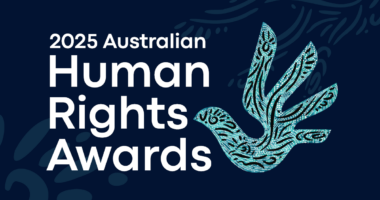
Returning to work after the Christmas and New Year break can leave some of us feeling apprehensive and hesitant.
Monash experts are available to chat about why some people may feel this way and tips we can use to help ourselves transition back to work.
Available for comment:
Professor Herman Tse, Department of Management, Monash Business School
Contact: +61 3 9903 4840 or [email protected]
Note: Professor Tse is currently in Hong Kong but is available for interview.
Comments attributable to Professor Tse:
“Many employees experience an ‘emotional hangover’ when returning to work after a break, like waking up from a dream that ended too soon. It’s important to acknowledge that readjustment is normal and does not necessarily signal work disengagement, job dissatisfaction, or a lack of performance.
“One of the most effective ways to manage ‘return-to-work blues’ is by emphasising well-being initiatives. Even small measures such as flexible scheduling, regular wellness breaks, and focused professional development can help reignite employees’ sense of purpose.
”It's crucial to recognise that one size doesn't fit all. Successful organisations in 2025 should be those that can co-create flexible work arrangements with their employees, balancing the benefits of in-person collaboration with the autonomy and work-life integration that many have come to value.”
Dr Zen Goh, Department of Management, Monash Business School
Contact: +61 3 9903 4840 or [email protected]
Comments attributable to Dr Goh:
“Vacations significantly enhance well-being, with extended breaks like summer holidays offering more substantial recovery benefits than routine evenings and weekends. This enhanced recovery operates through two key mechanisms:
- Passive Recovery Mechanism: this involves direct relief from daily work demands. Extended vacations provide a prolonged period of rest, typically in a different and more relaxing environment. This change of setting helps workers psychologically detach from work responsibilities and break free from daily routines.
- Active Recovery Mechanism: this involves intentional engagement in rejuvenating activities. Vacations provide unique opportunities to invest time in personally meaningful non-work activities, such as pursuing hobbies and spending quality time with family.
“Despite these benefits, vacation effects typically diminish rapidly upon returning to work – we call it ‘the fade-out effect.’ Positive vacation effects can fade within just two weeks of returning to work.
“Here are some strategies that can help combat the fade-out effect and promote thriving during the transition back to work:
Share your stories
Nurture your well-being by sharing vacation experiences with others - this practice of ‘interpersonal capitalization’ helps you relive positive moments while strengthening social bonds through shared celebrations and stories.
Keep the good stuff
Incorporating vacation-like elements into daily routines helps maintain benefits and supports ongoing thriving. This includes taking regular breaks, practicing mindfulness, maintaining psychological detachment from work, prioritising quality sleep, engaging in resource-building activities such as hobbies that bring you joy.
Set yourself up for success
Clearing your task lists before vacation and maintaining boundaries after return maximizes well-being benefits. The key is to leave with a clear desk and return with protected space for continued recovery.
Look forward to your holidays with joy
Positive anticipation not only heightens good feelings but also diminishes negative ones, giving you a well-being boost even before your break starts.”
For more Monash media stories visit our news & events site: monash.edu/news
For any other topics on which you may be seeking expert comment, contact the Monash University Media Unit on +61 3 9903 4840 or [email protected]


